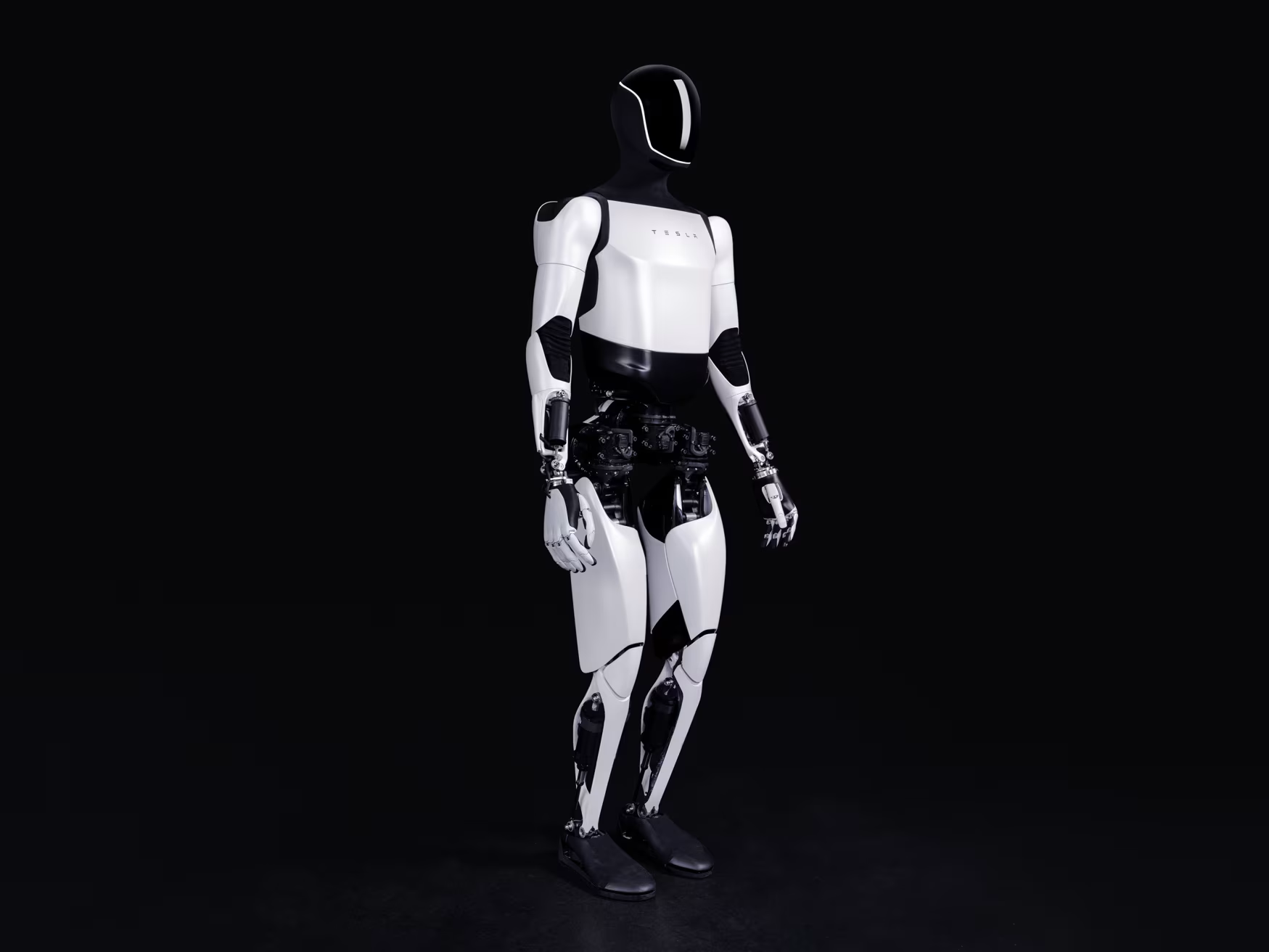Revolutionizing Production with AI-Driven Automation
Tesla’s announcement to integrate humanoid robots into its Gigafactories marks a seismic shift in automotive manufacturing. Unveiled during a press conference, the Optimus robots will handle repetitive tasks, enhancing efficiency and reducing labor costs. This move, part of Tesla AI strategy, could redefine global automotive industry trends, with long-term implications for production scalability and workforce dynamics.
The global automotive industry is at a crossroads, grappling with supply chain disruptions and rising labor costs. Tesla humanoid robot integration addresses these challenges head-on, promising a 30% increase in production efficiency by 2027. Unlike traditional automation, Optimus robots adapt to complex tasks, such as assembling intricate EV components, with human-like precision.
This innovation positions Tesla to outpace competitors, potentially capturing a larger share of the 88.1 million-unit global market, which grew sluggishly at 1.7% in 2024.
Beyond efficiency, this development signals a shift in workforce dynamics. While Tesla emphasizes upskilling employees to oversee robotic systems, critics warn of potential job displacement across the global automotive industry.
The International Federation of Robotics estimates that 20% of manufacturing jobs could be automated by 2030, raising questions about reskilling programs’ scalability. However, Tesla’s CEO argues that Optimus will free workers for creative roles, fostering innovation in EV design and sustainable mobility.
Consumer trends also play a role. As buyers demand eco-friendly vehicles, Tesla’s ability to scale production efficiently could lower EV prices, making them accessible to middle-income households. This aligns with the global automotive industry’s pivot toward electrification, with battery-electric vehicles holding a 15.2% market share in Q1 2025. Tesla’s robot-driven cost savings could accelerate this trend, pressuring rivals to adopt similar technologies.
The ripple effects extend to policy. Governments may need to regulate AI-driven automation to balance economic growth with social stability. This move by Tesla could prompt global automotive industry leaders to lobby for standardized automation frameworks, ensuring fair competition.
As the industry navigates these uncharted waters, Tesla’s bold step highlights its role as a disruptor, setting a precedent for AI integration that others will likely follow.






